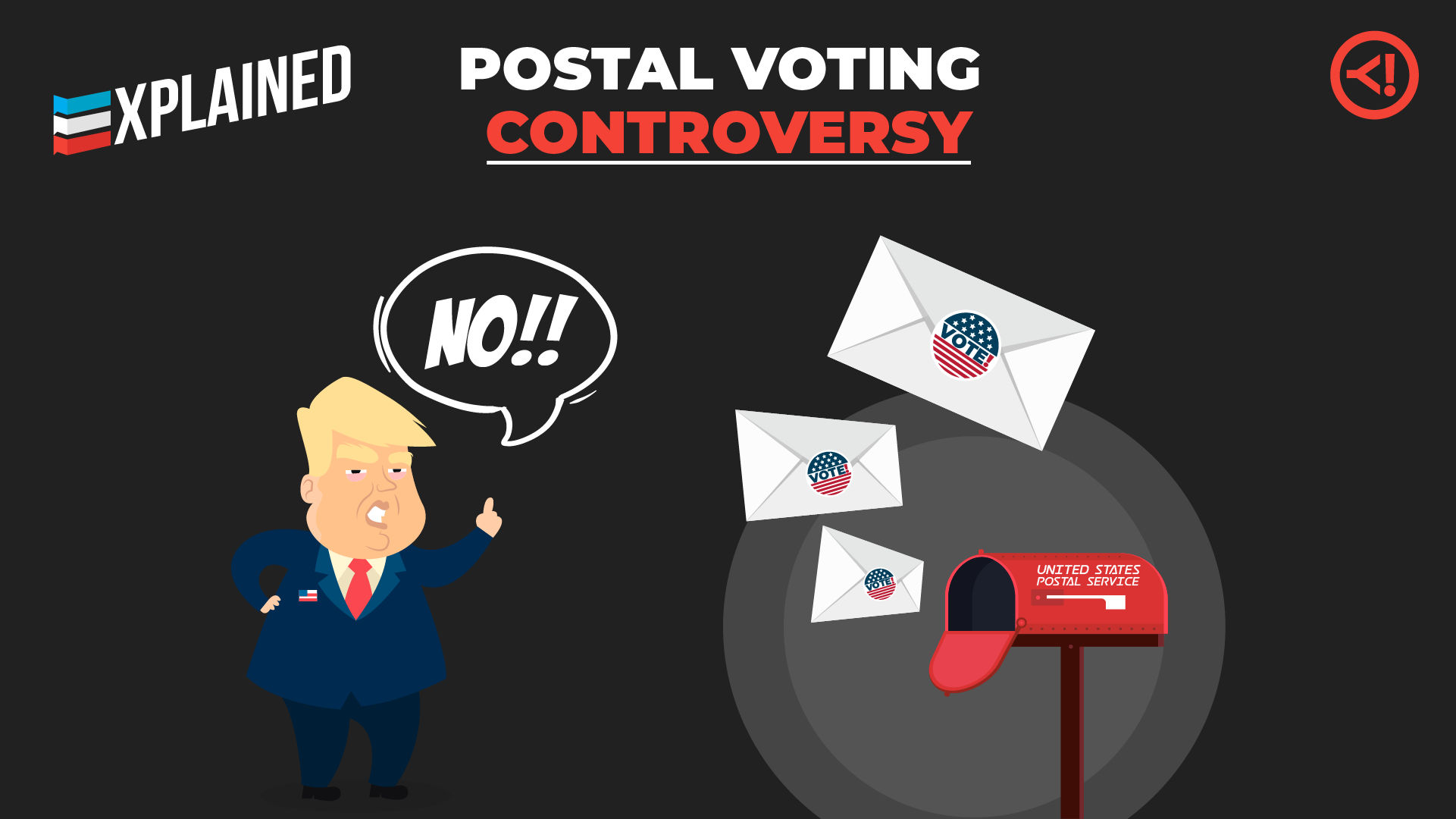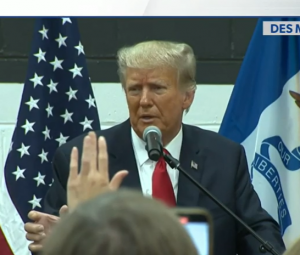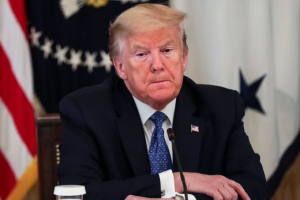For months now, US President Donald Trump, who is looking to be reelected to the office, and his supporters have criticised the plans to expand mail-in postal voting for the November 3 elections and alleged this will lead to widespread malpractices.
The criticism came following the Democratic-led US House of Representatives’ passed a legislation in August to provide the cash-strapped United States Postal Service (USPS) with $25 billion ahead of the presidential election.
Firstly, what is mail-in or postal voting?
Owing to the ongoing coronavirus pandemic, in some states like California, Delaware and Illinois, ballots will automatically be mailed to every voter and they will have to mail it back with their votes. This is referred to as universal mail voting.
However, there has been confusion regarding the difference between mail-in voting and absentee voting.
The two terms can be used interchangeably with no legal distinction. It is defined by the states’ rules and terminology that are in place.
While some states automatically mail a ballot to every registered voter, others only allow voters, who are unable to visit the polling booth to request for the mail-in ballot after citing his/her reason for absence.
Why is Trump against the postal ballots?
The President and his other detractors of postal ballots argue, without any clear evidence, that the usage of the postal ballots rife with fraud.
In July, Trump tweeted: “Mail-In Voting, unless changed by the courts, will lead to the most CORRUPT ELECTION in our Nation’s History!”
The Republicans have also claimed the possibility of “vote harvesting”. The term has been used to describe the practice of returning someone else’s ballot to election officials.
Owing to mail ballots’ third-party assistance, whether or not it is counted could depend on rules laid down by the local election workers and whether they notify voters who submit deficient ballots and allow them to fix such errors.
The ballots are handled by separate county or municipal election offices and not the states’ central election authority.
While Democrats believe the third-party collection helps vulnerable voters; Republicans say it is unnecessary and invites fraud.
What does the evidence say about the possibility of fraud?
Even as Donald Trump cries foul, the numbers or evidence of postal voting fraud seems to slim on paper.
According to a Washington Post review of the 2016 election, there were only two documented cases of postal voting fraud.
Although, there have been isolated cases of postal ballot fraud, like in the 2018 North Carolina primary where a Republican candidate tampered with voting papers, the rate of voting fraud overall in the US is between 0.00004% and 0.0009%, according to a 2017 study by the Brennan Center for Justice.
Another study by Brookings research group found that Oregon has been holding postal elections since 2000 and has only reported 14 fraudulent votes attempted by mail.
What are the procedures in place to verify mail-in ballots?
For voting by mail-in ballots, the voters must fill out the ballot, then sign the envelope and mail it or drop it off at a designated location within a certain deadline.
The methods of verification vary from state to state.
While most states verify the signature on the envelope with that on the file, others require a witness signature or a notarised signature of the voter.
Still, President Trump alleges that the signature for mail-in voting “doesn’t have to be verified” and “you get thousands and thousands of people sitting in somebody’s living room, signing ballots all over the place.”
However, in spite of all his angst and contempt against the method in question, in the August Florida primary election, Trump requested a postal ballot to vote.
(Making sense of the US elections can be a bit baffling. Opoyi explainers help you navigate laws and processes by answering some frequently asked questions.)







